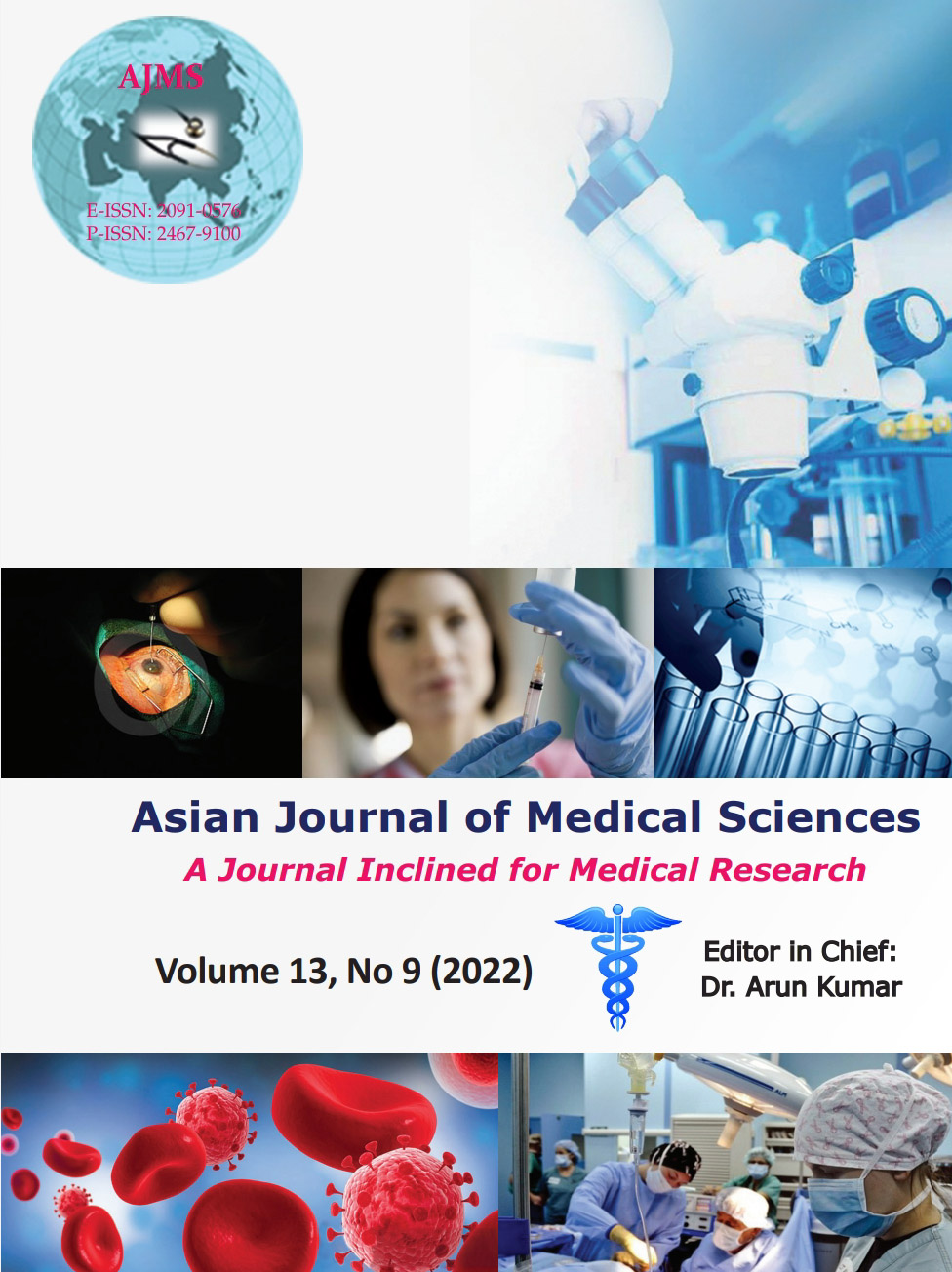A comparative study between glucose 6-phosphate dehydrogenase deficient and normal term neonates with indirect hyperbilirubinemia in a rural tertiary care hospital of Eastern India
Keywords:
Glucose-6-phosphate dehydrogenase; Hyperbilirubinemia; Jaundice; NeonatesAbstract
Background: Glucose-6-phosphate dehydrogenase (G6PD) deficiency is an important cause of neonatal indirect hyperbilirubinemia or even kernicterus leading to long-term neurological sequelae specially in countries like India where G6PD deficiency is quite prevalent.
Aims and Objectives: We have planned this study to know the prevalence of G6PD deficiency among cases of neonatal jaundice and also to evaluate the difference between G6PD deficient and normal neonates with indirect hyperbilirubinemia in terms of laboratory parameters and need of phototherapy or exchange transfusion.
Materials and Methods: This observational and cross-sectional study was done for a period of 1 year in the SNCU and NICU of a district Medical College of West Bengal among 200 term neonates presented with indirect hyperbilirubinemia. Birth weight, sex, hemoglobin, G6PD level, serum bilirubin at admission, phototherapy duration, and need for exchange transfusion were recorded along with other necessary parameters.
Results: We found G6PD deficiency in 24 neonates (12%) out of 200 cases of neonatal jaundice, 20 of whom were male. There is a statistically significant difference in hemoglobin and serum bilirubin level between two groups. Difference in early presentation of jaundice within 24–48 h (66.7% vs. 34.1%) and need of prolonged phototherapy 72–96 h (45.83% vs. 7.4%) between G6PD deficient and normal group were statistically significant. Difference in requirement of exchange transfusion is not statistically significant.
Conclusion: Early screening for G6PD deficiency should be considered in every neonates of G6PD deficient endemic countries so that we can predict the natural course of the jaundice in those G6PD deficient neonate and prevent complication by early initiation of phototherapy or exchange transfusion.
Downloads
Downloads
Published
How to Cite
Issue
Section
License
Copyright (c) 2022 Asian Journal of Medical Sciences

This work is licensed under a Creative Commons Attribution-NonCommercial 4.0 International License.
Authors who publish with this journal agree to the following terms:
- The journal holds copyright and publishes the work under a Creative Commons CC-BY-NC license that permits use, distribution and reprduction in any medium, provided the original work is properly cited and is not used for commercial purposes. The journal should be recognised as the original publisher of this work.
- Authors are able to enter into separate, additional contractual arrangements for the non-exclusive distribution of the journal's published version of the work (e.g., post it to an institutional repository or publish it in a book), with an acknowledgement of its initial publication in this journal.
- Authors are permitted and encouraged to post their work online (e.g., in institutional repositories or on their website) prior to and during the submission process, as it can lead to productive exchanges, as well as earlier and greater citation of published work (See The Effect of Open Access).




